BuLLY or ALLY? Which “LLY” Are You?
Roughly 8% of all high school students in the United States report being a part of the LGBTQ+ community. That may not seem like a lot, but it is roughly 1.3 million teenagers in the United States alone.
LGBTQ+ students are twice as likely as straight students to be bullied, and almost 30% have attempted suicide because of this bullying, according to Quartz, a global news and insights for a new generation of business leaders.
According to Natalie Kinsella, elementary and middle school counselor, thinks that “With [LGBTQ+] students, there’s a lot more judgement and a lot more name calling, whereas if you’re a straight student, or percieved as straight, you’re not getting called names or being accused as gay or having things yelled at you in the hallways.”
Statistics show that LGBTQ+ students are more prone to bullying and harassment in school. Homophobia is still present in 2021, but especially public high schools. Older generations are more likely to be homophobic because of the times they were raised in. Some 71% of Americans aged 13-17 say that their political belief is about the same as their parents, which may explain why homophobia is still so common.
If older parents are homophobic, their child is most likely going to share the same belief of their parents. While it is true that in the modern world it is easier for someone, especially a teenager, to come out as LGBTQ+, that doesn’t mean that it’s not still dangerous for a lot of LGBTQ+ youth.
Even though there’s still so much homophobia in our high schools, we can all work together to make school environments safer and all around better for our LGBTQ+ students.
Deb Foreman, a president for the PFLAG Chapter, an organization to help LGBTQ+ youth and their families, in South Carolina, said that, “A GSA provides a safe space within the school. So, even if a student’s having a hard day or a hard week, they have a place where they can just go and be themselves.”
A Gay-Straight Alliance, also known as a GSA, is a student led club that helps LGBTQ+ students and straight allies come together to create a safe space for everyone. GSA’s are important to have in high schools because they can show LGBTQ+ students that there are people who support and care about them, and that there are other students going through the exact same situation they are.
Students can be provided with a positive outlet with others like them. Another way to help our LGBTQ+ students is to teach more about LGBTQ+ history, past and present, in classes. If teachers are supportive and can explain LGBTQ+ issues then there might be a chance of students better understanding and becoming more supportive of students who aren’t cisgender (a person who identifies with the gender they were born with) and straight.
Bullying and harassment of LGBTQ+ students is a huge problem, but by working together we might be able to eventually come together and all be equal.
“I’ve had to deal with guys making a joke out of me being non-binary, and even friends sometimes. Not everyone has a supportive family and it’s just an extra blow when people at school are rude and then turn around and call it a joke,” sophomore Jem Phillips said.
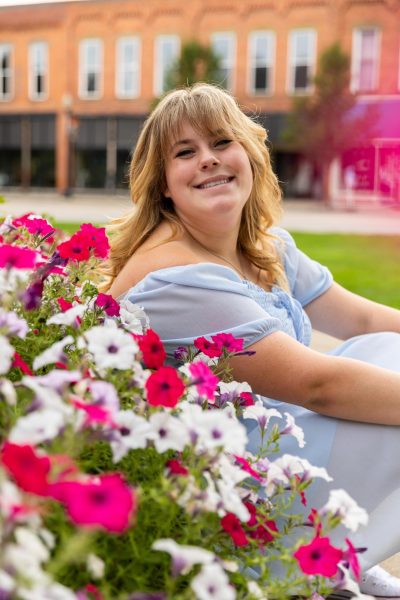
Social Media Manager Olyvia Hoard, a senior, joined Uncaged during her freshman year. She enjoys photography, cheerleading, reading, and writing. She is...



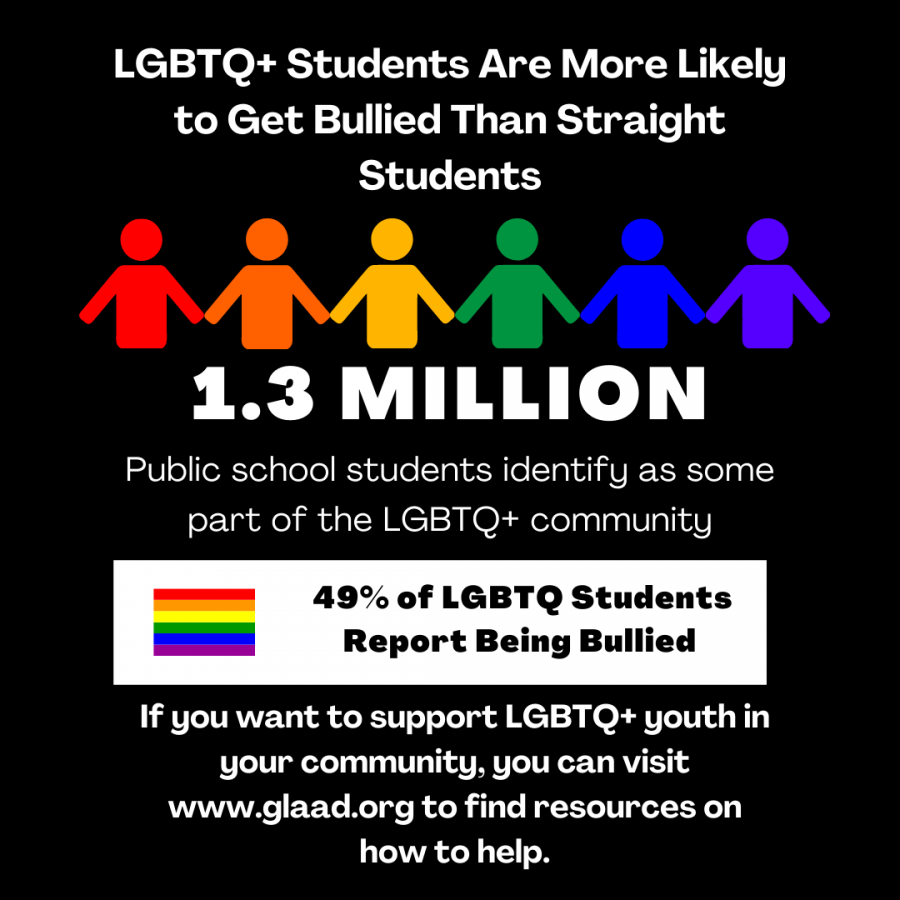
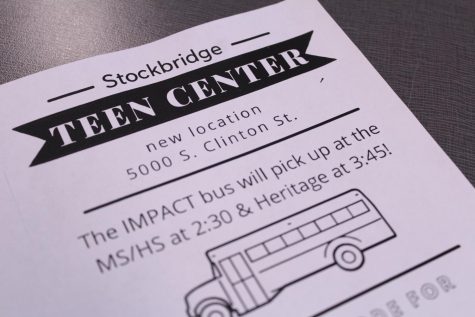
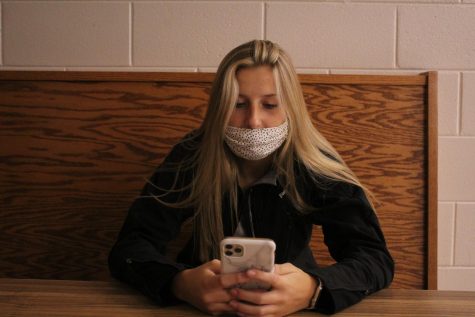
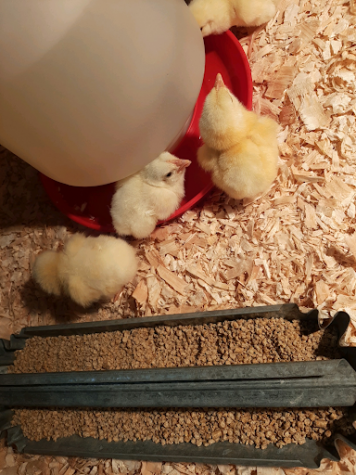
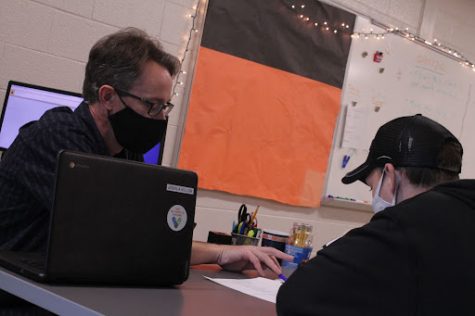
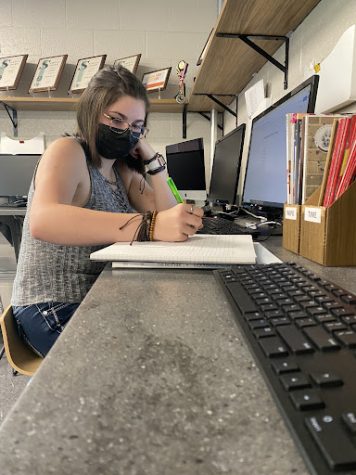
Danielle Hoard • May 7, 2021 at 7:32 pm
Beautiful article! You never know the walk of life someone has had to endure and how your actions and words can forever effect someone… Teach your children to build their peers up no matter your differences. Our younger generation has really come a long way in progressing society’s view of what is considered “normal”. Keep up the good work and always fight for what is right! ❤️??????✊?✊?